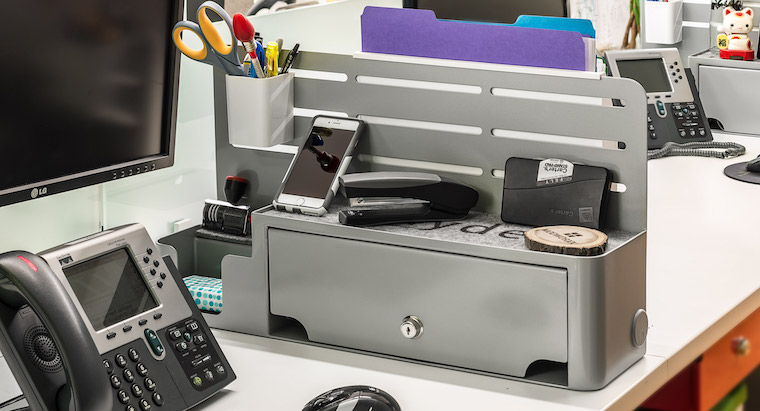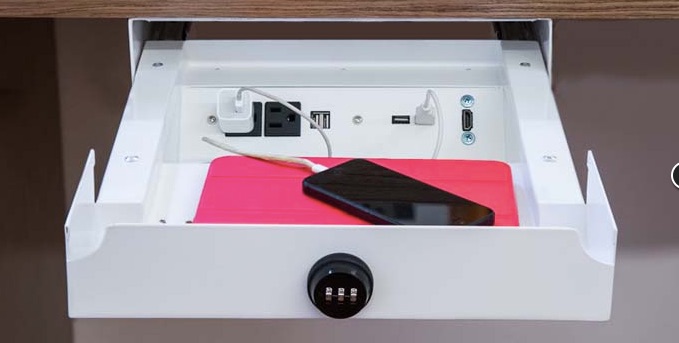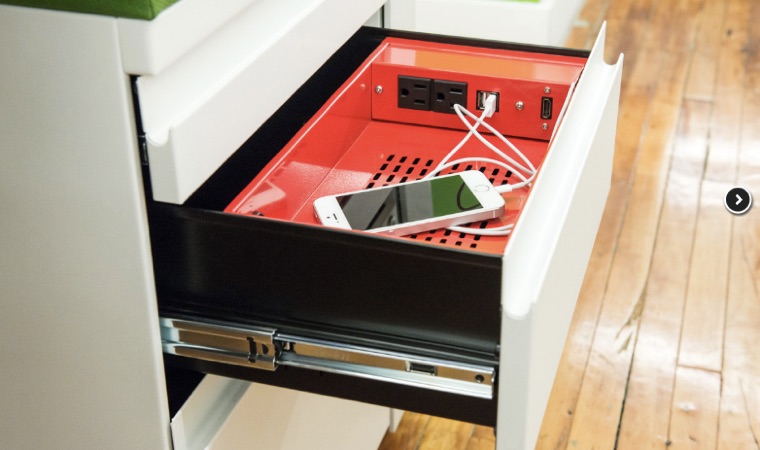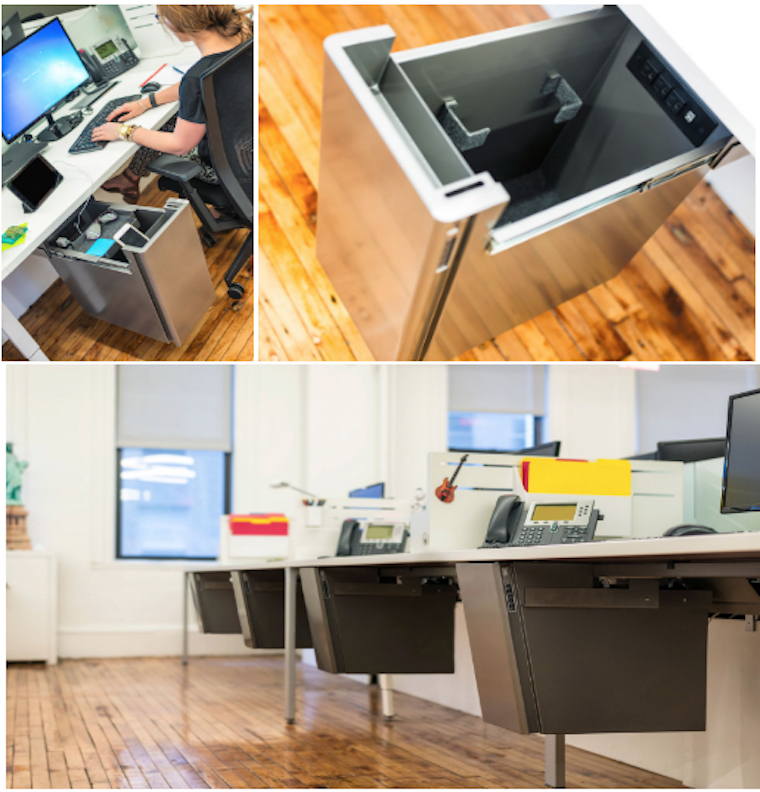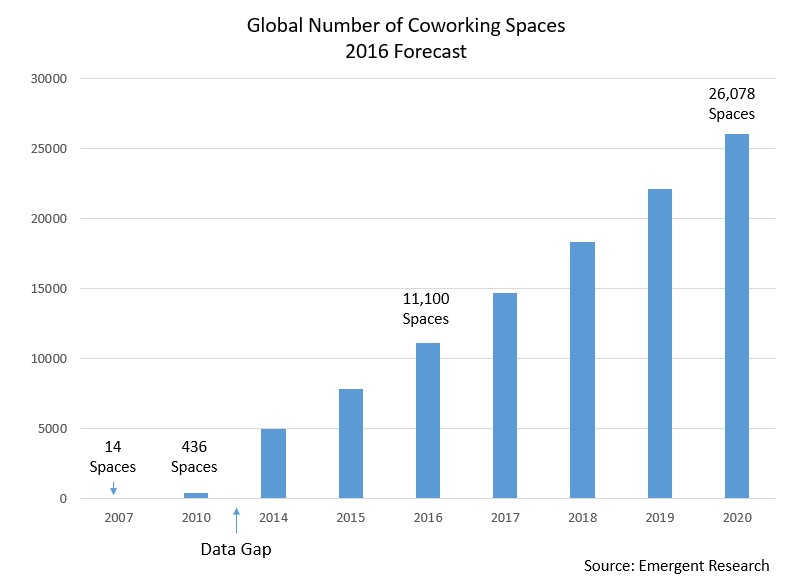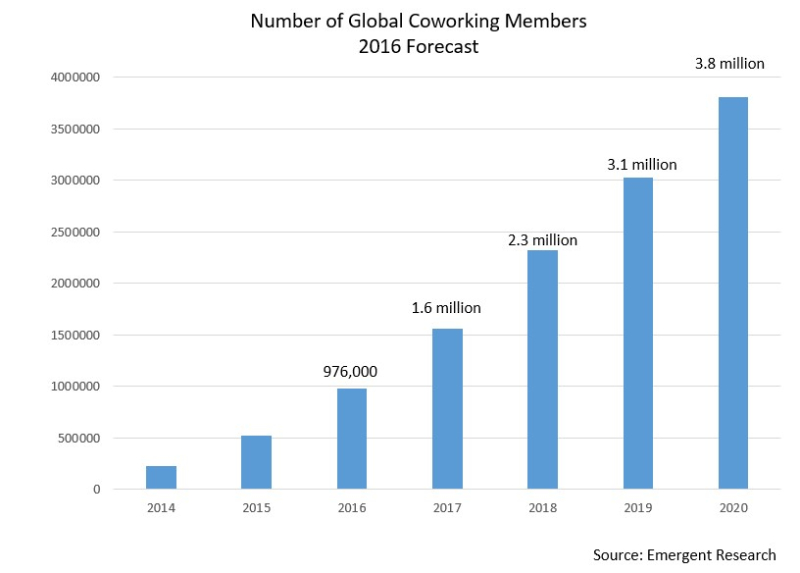I miss 'Parks and Rec', I really do. It was one of the best shows on television -- fresh, funny, heart-warming, relatable and riveting. It strayed from its 'Office' co-relation in a big way because of one thing: the people in the 'Parks and Rec' office liked each other. They supported, loved and rooted for each other. They even stopped their whole lives and put a pause on their daily tasks just to help their best friend and boss, Leslie Knope, (played by the crazy talented Amy Poehler) run a campaign when her hired team quit on her. These co-workers were her very best friends, and she was theirs. What a Hufflepuff show if there ever was one.
'Parks and Rec' had Amy Poehler's golden touch all over it. It was smart and hilarious without ever going in the dirt for jokes. It had a diverse and vibrant cast that brought the plot to the next level and gave it a life of its own. Each actor's character was their own actual personality, and that's what gave each episode script its strength. Here are some of the main 'Parks and Rec' characters, and how they are shown as multifaceted, real people instead of silly and even harmful stereotypes:
1. April Ludgate-Dwyer
Our dour little heroine has never changed for anybody, not even her goofy lovable husband Andy. The writers never made it seem like she had to change her dark and brooding personality to be with someone as sunshine happiness as Andy. He never had to "save her" from her own self-imposed misery like a damsel in distress. He let her be her, with her Halloween soundtracks, unique art galleries and love of animals. He loved her because of those things. Aubrey Plaza's character was goofy and child-like just like him, which is how they got along so well, but April Ludgate-Dwyer was always going to be the queen of darkness no matter what. How inspiring.
In the show, April also fully embraced her Puerto Rican heritage, and frequently speaks Spanish on the show. The writers never made April a "fiery Latina," she was quiet and introverted and true to herself. The fact that she had Latin heritage and spoke Spanish did not put her into a box of what her personality could be, it wasn't a focal point or something to be gawked at, it's just who she was. Being Latina gave April a chance to still just be human and love her culture as a part of her, and that is so realistic.
2. Donna Meagle
Donna Meagle is beyond fabulous, and she knows it. She always has. The writers of 'Parks and Rec' let comedian and actress Retta just be herself, and it shines through with Donna. Donna Meagle is a curvy black woman, beautiful, vivacious and unapologetically confident. She doesn't have to go through a makeover to get her confidence, she's not validated by men's opinions on her looks. She just knows she's gorgeous and wants us to know it too, and boy, do we know it. She's the princess and manager of the office, smart, savvy, sassy and kind. Donna has her side business of being a realtor of her own company, "Regal Meagle," which eventually becomes her main job after leaving the Parks department. She is flirty and progressive in her dating life and the show never makes a spectacle out of it, laughs at it or make it seem abnormal that a curvy black woman could be the object of desire for many men.
But more than just her looks, Donna Meagle is a revolutionary character for her heart. She cares deeply about the people in her department. In her personal life in earlier seasons, she acts emotionally unavailable, bouncing around between people until she finally settles down with someone who truly loves and cares for her. She becomes softer and more open in that way. She's still the same old confident fashionable Donna, but one that we grow and learn with as well.
3. Tom Haverford
Tom Haverford is suave, or at least he thinks he is. Tom was born in South Carolina, just like actor Aziz Ansari, and now lives in small town Pawnee, Indiana. Tom's obsession with fashion, hip-hop music and elite culture is not typical of a Pawnee citizen, which is what makes him so great. He is of Indian nationality and is one of very few Indian men on television who were portrayed as real romantic interests for female characters.
Tom is goofy and lovable, he loves his lavish lifestyle and chasing after women. He wants to be successful in his business ventures and most of the time succeeds. The writers do not put a stereotypical or racist accent with his character being of Indian nationality, they do not make him stereotypically nerdy or bad with women, quite the opposite actually. Tom is able to land a few women, prefers social media and his iPhone to books and has a complex personality of his own. He never tries to be anyone but himself, which is why he is one of the most beloved characters on the show. His journey to maturing is an interesting one to watch, and I'm glad the writers just let him do his thing.
4. Ben Wyatt
Ben Wyatt is the most "normal" of all the 'Parks and Rec' characters. If the audience was a member of the show, we would be Ben. (As much as we love Li'l Sebastian, isn't he really just a tiny horse??) Ben Wyatt is a nerd, but he is not a stereotypical one. The writers of this show did not make Adam Scott's character an antisocial, video-game-playing, awkward nerd-boy type. He talks passionately about his interests, has fun with his friends, lands a girlfriend, Leslie Knope, who becomes his wife and stays himself the entire time. There was no need for a transformation for him to not act like his true nerdy self, to buff up or change who he is at his core.
The characters embrace him for his love of accounting, the board game he creates called Cones of Dunshire, and 'Game of Thrones'. They might poke fun at him for buying a full-fledged Batman costume at the mall, but ultimately the characters just let Ben be himself. His strengths in what he loves ultimately help carry the show along, and showing a nerdy guy type as a normal, well-rounded and interesting character without a chip on his shoulder or a vendetta towards others was really refreshing.
5. Ron Swanson
Ron Swanson is a red-meat-eating, deer-hunting, sax-playing libertarian in a very liberal show. He is the yin to Leslie Knope's yang, explaining throughout the show how he wants the government to be privatized, how businesses do not deserve bailouts, how citizens should be responsible for our own health and wellness, and more. Though Nick Offerman's character has completely opposing views to Leslie Knope, he is not written as just a stereotypical man's man bureaucrat. He is a feminist who believes and admires the strength of women, even revels in it in his personal relationships. He respects Leslie's opinions, stands by his own and has thoughtful and rational discussions with others about his views.
He is a quiet but fearsome force in the show, bringing heart, courage and respect with his character. His conservative views are not demonized but are rightfully discussed and argued with in a courteous way. Leslie and Ron offered viewers a chance to see what a poignant discussion would be in between opposing political stances in an ideal world. Neither shies away from how they think government should be run, and the writers present their views in a positive, light and humorous way. Ron Swanson is ultimately a very kind but firm person, resonating with audience members and giving a political diversity to the show as well. His friendship with Leslie shows that we don't have to agree on everything in life, that we can be complete opposites and still show basic respect for one other's humanity.
There are even more characters on the show that are written without stereotypes that I would love to highlight as well. Of course, there is the lovable goof Andy Dwyer, played by Chris Pratt. He is shown to be silly and sporadic but ultimately gets the job, wife, family and friends that he wants simply because he went after his passions, followed his heart and was too good to his friends along the way. The writers didn't portray him as just a lumbering oaf who got in everyone's way or on everyone's nerves.
There's Chris Traeger, played by Rob Lowe who is the stereotypical happy go lucky, always-has-a-smile on his face kind of boss until he suffers from a very realistic portrayal of depression. He realizes that he is getting older, and his body will not always be in the shape and state that it is. But the writers don't make fun of his age or his body with cheap jokes, they let him progress naturally with proper therapy, love from his friends, a few relationships, Champion the three-legged dog, and most importantly himself.
That's what the heart of this show is: just being yourself. The writers let the cast shine in their strengths and abilities to make this show soar, and they did an incredible job in trusting them. Their real life personalities brought multiple layers, diversity, humor and heart to each and every character. No character was just a blatant caricature or washed-up, overused stereotype. Each was unique, approachable and just fully human. 'Parks and Rec' is sorely missed because of how it brought this level of realness to television, and I wish for many more shows and characters in the future to be like that.
This article originally appeared in Movie Time Guru.
-- This feed and its contents are the property of The Huffington Post, and use is subject to our terms. It may be used for personal consumption, but may not be distributed on a website.









 All you need is a phone number
All you need is a phone number